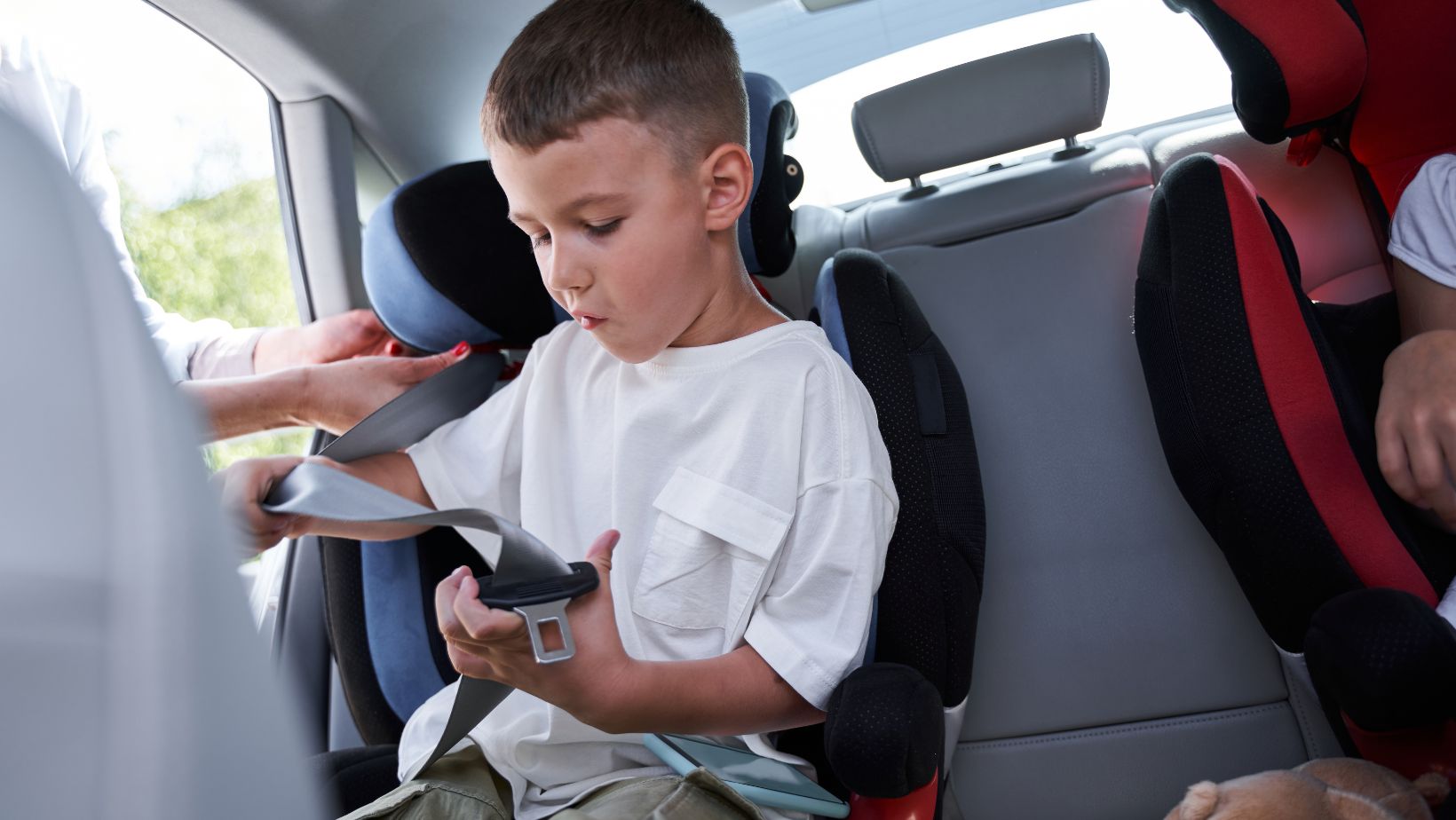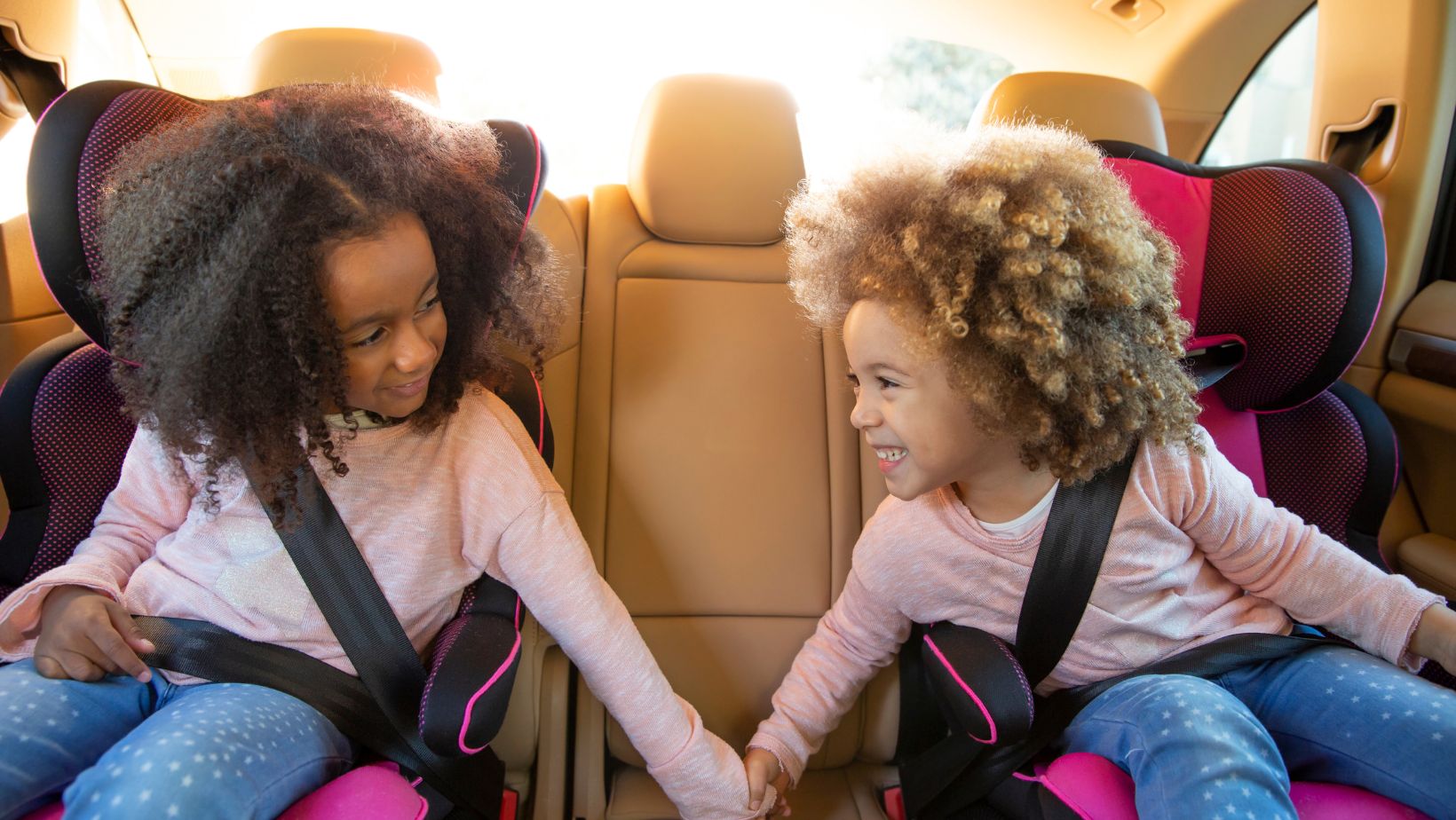 Seatbelt safety is a fundamental aspect of keeping your children safe in the car. While most parents understand the importance of seatbelts, getting kids to wear them willingly can sometimes feel like a battle. Teaching children why seatbelts are essential not only protects them at the moment but also instills a habit that can save their lives in the future. Here’s how you can make seatbelt safety a natural and unquestioned part of their lives.
Seatbelt safety is a fundamental aspect of keeping your children safe in the car. While most parents understand the importance of seatbelts, getting kids to wear them willingly can sometimes feel like a battle. Teaching children why seatbelts are essential not only protects them at the moment but also instills a habit that can save their lives in the future. Here’s how you can make seatbelt safety a natural and unquestioned part of their lives.
Lead by Example
Children learn a lot by observing their parents. If you consistently buckle up every time you get in the car, your kids are more likely to adopt the same behavior. Make it a family rule that everyone buckles up before the car starts moving. Not only is this a general safety practice suggested by car accident lawyers, but it is also important to demonstrate to your children. Reinforce the idea that wearing a seatbelt is just as automatic as locking the door behind you when you leave the house.
Explain the Importance of Seatbelts
Kids are naturally curious and often want to know the “why” behind a rule. Take the time to explain to them how seatbelts work. Use age-appropriate language, such as:
- For young children: “The seatbelt is like a hug that keeps you safe if the car has to stop really fast.”
- For older children: “Seatbelts stop us from being thrown around or out of the car during an accident. They keep us from getting hurt.”
This explanation helps them see seatbelts as a safety tool, not just an arbitrary rule.
Make It Non-Negotiable
Set a firm rule that the car doesn’t move until everyone is buckled up. Being consistent about this shows your children that seatbelt use is non-negotiable.

If they resist, remain calm but firm. Let them know that wearing a seatbelt is part of being in the car, just like sitting in their seat.
Use Stories and Real-Life Examples
Sometimes, stories can have a greater impact than rules. Share age-appropriate stories about car accidents and how seatbelts saved lives. You might also find educational videos or books that explain the importance of seat belt safety in a relatable way. Avoid using scare tactics, as they can create unnecessary anxiety, but don’t shy away from helping your children understand real-world consequences.
Make Buckling Up Fun for Younger Kids
For younger children, turn seatbelt time into a fun routine. Let them pick out a car seat or booster seat with a design they like. Sing a song or use a playful countdown as they buckle up. These small touches can make wearing a seatbelt feel less like a chore and more like an exciting part of the ride.
Reward Consistent Behavior
Positive reinforcement can go a long way in encouraging seatbelt use. Praise your children every time they buckle up without being asked. You might say, “Great job buckling up right away! You’re such a safety superstar.” Consider offering small rewards, like stickers or a special privilege, for consistent seatbelt use over time.
Teach Older Kids About Responsibility
As children grow older, they may be more tempted to skip wearing a seatbelt, especially when they’re riding in a friend’s car. Emphasize that wearing a seatbelt is their responsibility, no matter who they’re with or where they’re sitting in the car. Encourage them to speak up if they’re in a vehicle where others aren’t buckling up. Empowering them to make safety-conscious decisions builds their confidence and reinforces the habit.
Discuss Backseat Safety
Many kids (and even adults) mistakenly believe that seatbelts are only necessary for the front seat. Teach your children that seatbelt safety applies to every seat in the car.

Share the facts: passengers in the backseat are still at risk of injury in a crash, and wearing a seatbelt greatly reduces that risk.
Address Common Excuses
If your children complain about seatbelts being uncomfortable or uncool, listen to their concerns and find solutions. For example:
- Uncomfortable seatbelts: Adjust the fit so the belt doesn’t rub against the neck. Ensure they’re in an appropriate car seat or booster to help position the belt correctly.
- Feeling uncool: Share that even adults and superheroes wear seatbelts to stay safe.
Model Safe Habits for Teen Drivers
If you have teenagers who are learning to drive, it’s critical to reinforce the importance of seatbelts. Teach them that as drivers, they are responsible for ensuring everyone in the car is buckled up. Point out that wearing a seatbelt is not only a safety measure but also a legal requirement in many places.
Stay Patient and Persistent
It’s natural for kids to resist rules occasionally, but don’t give up. Stay consistent and patient as you teach them the importance of seatbelts. Over time, it will become second nature for them to buckle up, just as it is for you.
Teaching your children the importance of wearing seatbelts is one of the simplest yet most impactful lessons you can impart as a parent. By modeling good behavior, explaining the reasons behind the rule, and making it a consistent family practice, you’re setting your kids up for a lifetime of safe habits. Remember, it’s not just about following the rules—it’s about keeping your precious cargo safe on every journey.
Ben Austin is the founder and CEO of multi-award-winning digital marketing agency Absolute Digital Media. Ben loves to write and share exclusive insights into the world of digital marketing from his own eyes.




